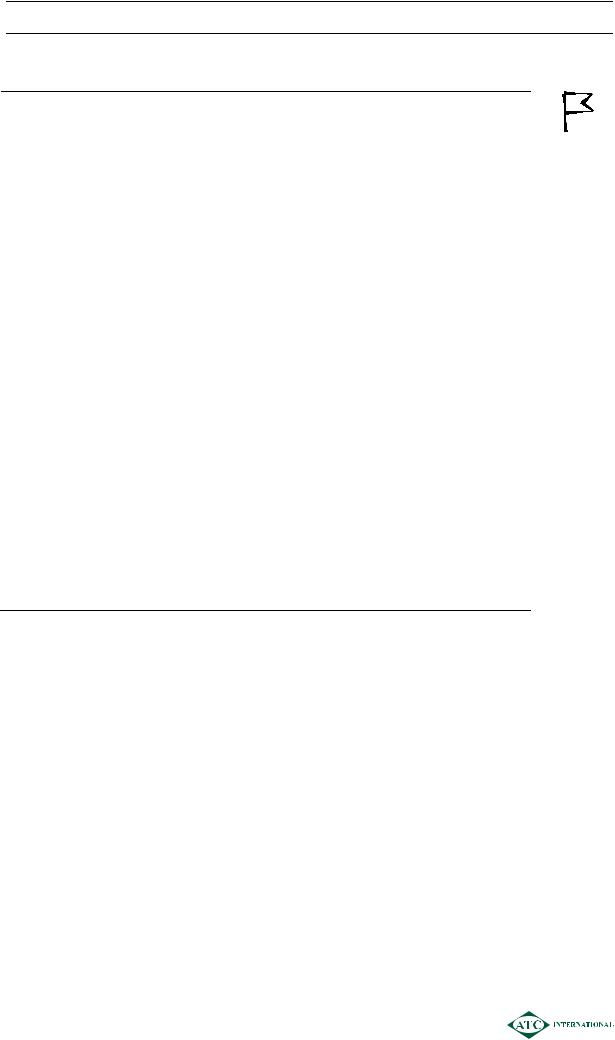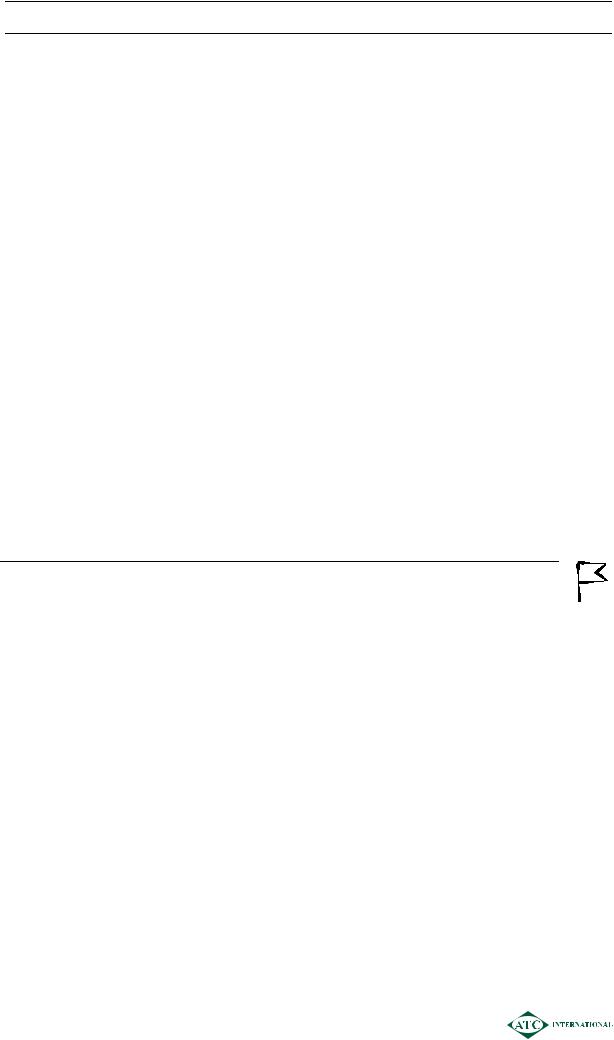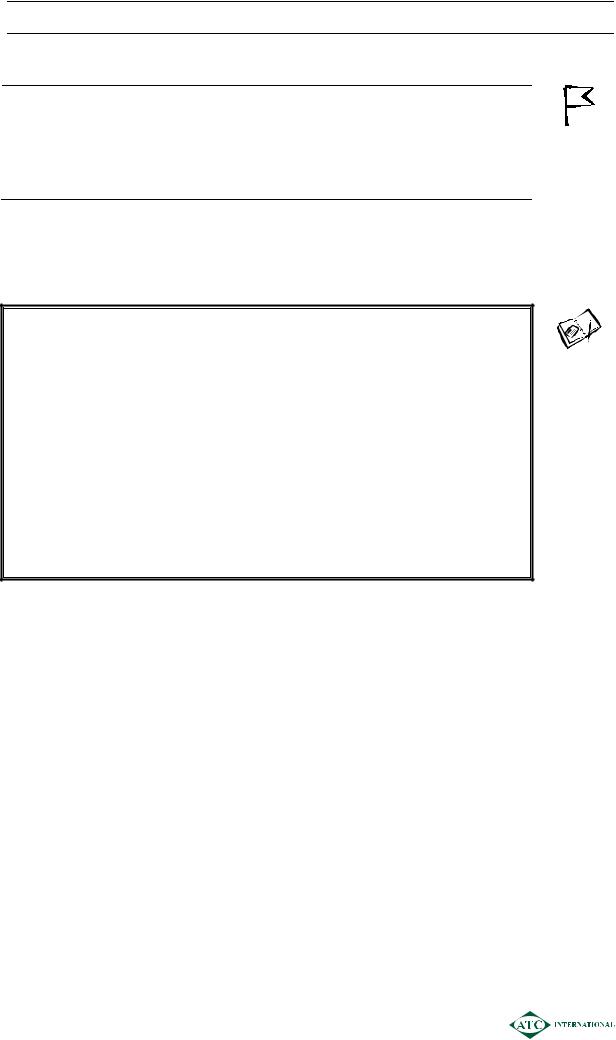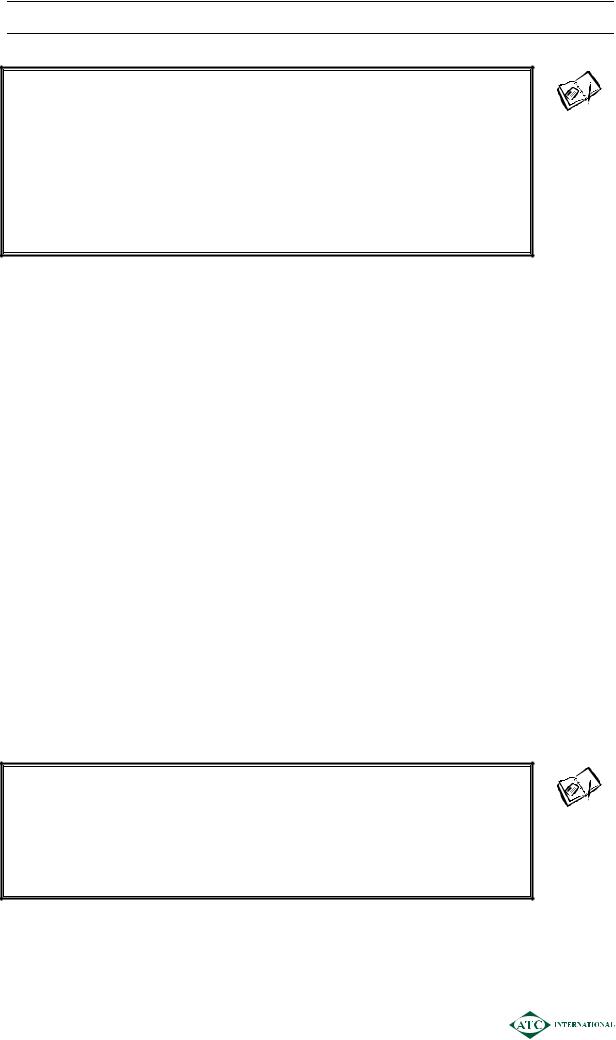
Fin management materials / 11 P4AFM-Session12_j08
.pdf
SESSION 12 – OPTIONS 
OVERVIEW
Objective
¾To describe the main features of options.
¾To discuss the determinants of option value.
¾To perform calculations using the Black-Scholes model and its variants.
¾To discuss how various factors influence the value of options.
OPTIONS
|
|
|
|
|
|
|
|
|
|
|
|
|
|
|
|
NATURE & |
|
|
|
DETERMINANTS |
|
|
|
BLACK SCHOLES |
|
|
|
THE GREEKS |
|
|
USES |
|
|
|
OF VALUE |
|
|
|
MODEL |
|
|
|
|
|
|
|
|
|
|
|
|
|
|
|
|
|
|||
|
|
|
|
|
|
|
|
|
|
|
|
|
|
|
|
|
|
|
|
|
|
|
|
|
|
|
|
|
|
|
|
|
|
|
|
|
|
GRABBE |
|
|
|
DELTA |
|
|
VARIANT |
|
|
|
HEDGING |
|
|
|
|
|
|
|
|
|
|
|
|
|
|
|
VALUING REAL
OPTIONS
MERTON
MODEL
1201

SESSION 12 – OPTIONS
1NATURE AND USES OF OPTIONS
1.1Definitions
¾An option is a contract giving one party the right, but not the obligation, to buy or sell an underlying asset at an agreed price, on or before a specified date (expiry date). The purchaser/holder of the option can either exercise their right or let it lapse i.e. not exercise.
¾A call option gives its holder the right to buy the underlying asset.
¾A put option gives its holder the right to sell the underlying asset.
¾The exercise price/strike price is the price at which the underlying asset can be bought or sold when exercising the option.
¾The premium is the amount the purchaser of the option must pay to buy the option. It is also referred to as the price of the option – not to be confused with the exercise price. In a perfect market it should represent the value of the option.
¾The writer is the seller of an option who receives the premium.
¾European style options - can only be exercised on the expiry date.
¾American/US style options - can be exercised at any time until the expiry date.
¾Mid-Atlantic/Bermuda options – can be exercised on any one of a pre-set series of dates.
1.2Exchange traded options
¾In London options are traded on the London International Financial Futures and Options Exchange (LIFFE). The basic features are:
9 bought and sold on a recognised exchange;
9 price transparency i.e. quoted premium should represent fair value; 9 can be easily resold during their lifetime before expiry.
8 only available in standardised contract sizes;
8 available on a limited number of underlying assets;
8 limited number of exercise prices and expiry dates;
8 only available with expiry dates of up to one year ahead; 8 obtained via a broker who will charge a commission.
1202

SESSION 12 – OPTIONS
1.3Over The Counter (OTC) options
¾These are available from banks via individual negotiation. The basic features are:
9 option can be tailored to the purchaser’s specific requirements; 9 option can be for any size, exercise price, expiry date etc;
9 expiry date can be any time up to five years ahead.
8usually not transferable/non-negotiable i.e. cannot be resold.
1.4Uses of options
¾An option gives the purchaser the right to buy or sell an underlying asset. Once the option has been purchased and the premium paid there are then two possible outcomes:
the option is later exercised if it is “in the money” and a gain is made (minus the cost of the premium) or,
the option is allowed to lapse because it would not be profitable to exercise it (“out of the money”). The only loss incurred by the option holder is the premium paid.
¾Options can be used for either speculation or hedging. The focus in the exam is likely to be on hedging i.e. managing risk, rather than taking risk
¾Consider a portfolio manager who holds shares in a particular company and fears a price fall in the near future but does not wish to dispose of the holding due to the voting rights. Possible hedges include:
1.5Protective put
¾A simple hedge would be to buy puts with a strike price at today’s share price (“at the money”).
¾If the share price falls:
there will be a loss on the share holding.
the puts will move “into the money” and can be exercised to take a gain.
the gain on exercising the puts should equal the loss on the share but there will still be on overall loss due to the premium paid to set up the hedge.
¾If the share price rises:
there will be a gain on the shareholding.
the puts will move “out of the money” and will lapse.
the premium paid will not be refunded and hence reduces the gain on the shareholding
1203

SESSION 12 – OPTIONS
¾The hedge above is known as a “protective put”. However the manager may consider the cost of the hedge to be too high in terms of the premium paid. To reduce the cost of the hedge a more complex strategy could be used such as a “collar”.
1.6Options collar
¾This would involve simultaneously buying puts and selling calls. To some degree the premium received from selling calls will offset the premium paid from buying puts, hence reducing the cost of establishing the hedge.
¾If the share price falls:
a loss in made on the shareholding.
a gain is made by exercising the puts.
there will still be an overall loss equal to the net premium paid.
¾If the share price rises:
a gain is made on the shareholding.
the person who bought the calls from the portfolio manager will exercise them against him – creating a loss on the calls.
there will still be an overall loss equal to the net premium paid.
2ELEMENTS OF OPTION VALUE
2.1Definitions
In the money |
¾ a call option is in the money if the current market price of |
|
the underlying asset is above the exercise price |
|
¾ a put option is in the money if the current market price of |
|
the underlying asset is below the exercise price |
Out of the money |
¾ a call option is out of the money if the current market |
|
price of the underlying asset is below the exercise price |
|
¾ a put option is out of the money if the current market of |
|
the underlying asset is above the exercise price |
At the money |
¾ a call or a put option is described as at the money if the |
|
current market price of the underlying asset is the same as |
|
the exercise price. |
|
|
1204

SESSION 12 – OPTIONS
Illustration 1
Extract from LIFFE equity options prices on 4 February
|
|
|
Calls |
|
|
Puts |
|
|
|
Apr |
Jul |
Oct |
Apr |
Jul |
Oct |
M & S |
460 |
40 |
45½ |
52½ |
6 |
10½ |
13½ |
(490) |
500 |
15½ |
22 |
31½ |
21 |
28½ |
31½ |
Each option contract is to buy (call) or sell (put) 1,000 Marks and Spencer’s shares at an exercise price of either 460 pence per share or 500 pence per share. The option can be exercised before the end of April, July or October depending on which expiry date is selected (traded options are usually US style).
The figures below the month columns are the premiums i.e. the cost of buying each option.
The price in brackets, 490 pence, is the market price of a M&S share on 4 February.
Example 1
Using the information from the illustration above answer the following:
(a)Is a July call option at an exercise price of 500 pence in or out of the money?
(b)Is an April put option at an exercise price of 460 pence in or out of the money?
(c)Is an October call option at an exercise price of 460 pence in or out of the money?
Solution
1205

SESSION 12 – OPTIONS
2.2Intrinsic value of an option
Definition
The intrinsic value of an option is its basic or fundamental price or value. It is the profit that a purchaser could make if the option were exercised immediately.
¾An option will only have an intrinsic value if it is in the money. If it is out of the money the intrinsic value is zero as it would not be exercised i.e. the intrinsic value cannot be negative.
Example 2
Using the Marks & Spencer traded option prices from Illustration 1 what is the intrinsic value of the following options:
(a)A July call option at an exercise price of:
(i)460 pence
(ii)500 pence
(b)An October put option at an exercise price of:
(i)460 pence
(ii)500 pence
Solution
1206

SESSION 12 – OPTIONS
2.3Time value of an option
Definition
Total value of an option i.e. premium = intrinsic value + time value
The time value of an option is therefore the difference between the premium and the intrinsic value.
¾The intrinsic value of the option was based upon the assumption that the option would be exercised or lapse today. However if there is still time until the expiry of the option then it will have a higher total value than its intrinsic value because:
value is placed upon the possibility that the option will become worth exercising, or more worthwhile, between now and the expiry date, and
the purchase of a call option is effectively a form of borrowing for which there is an interest cost which is part of the cost of the option.
Example 3
Using the information from Illustration 1 what is the time value of a Marks & Spencer call option at a price of 460 pence for April, July and October?
Solution
2.4Components of the time value of options
¾There are three components of the time value:
time to expiry
volatility of the underlying asset
the level of interest rates
2.4.1Time to expiry
¾The longer the period to expiry of the option the higher the time value of the option.
¾The longer the period to expiry the greater the chance of the option moving into the money and therefore profitable to exercise.
1207

SESSION 12 – OPTIONS
2.4.2Volatility of underlying asset
¾If the price of the underlying asset e.g. share price, is expected to be highly volatile then the value of the option rises.
¾This is because there is a greater chance of a “price spike” in the underlying asset, which could move the option deep into the money and lead to a large profit upon exercise.
2.4.3Level of interest rates
¾If a call option is purchased then only a small proportion of the total price of the underlying asset needs be paid immediately in the form of the premium. The remainder i.e. the exercise price will be paid if and when the option is exercised. This is similar to buying the underlying asset on credit.
¾Therefore the higher the level of interest rates the higher will be the value of the call option.
¾The opposite applies to put options – the owner of a put has to wait until the expiry date (if European style) before receiving the exercise price. If interest rates rise then the present value of the exercise price falls and with it the value of the put option.
2.5Summary of factors affecting option prices
Increase in |
Price of Call |
Price of Put |
Exercise Price |
Decreases |
Increases |
Price of underlying asset |
Increases |
Decreases |
Volatility |
Increases |
Increases |
Time to expiry |
Increases |
Increases |
Interest rates |
Increases |
Decreases |
1208

SESSION 12 – OPTIONS
3OPTION VALUATION MODELS
3.1Black-Scholes options pricing model
¾In 1973 Fischer Black and Mryon Scholes took the elements of options value (intrinsic value and time value) and put them into a complex mathematical equation to find the theoretical price of an option.
¾The formula for the value of a European call option is: c = PaN(d1) – PeN(d2)e-rt
Where:
d1 = 1n(Pa/Pe )+(r +0.5s2 )t s t
d2 = d1 – s t
c= price of call option
Pa |
= price of the underlying asset |
|
N(d1) |
= |
probability that a normal distribution is less than d1 standard |
Pe |
|
deviations above the mean |
= |
exercise price/strike price |
|
r= annual risk free interest rate
t= time to expiry (in years)
s= standard deviation of the underlying asset’s returns
e= the exponential constant
1n |
= the natural log (log to the base e) |
¾The formulae and normal distribution tables are given in the exam. However you must still learn the definitions of the terms.
¾In the exam you will not be required to prove the formula, only to use it.
¾Make sure you bring a scientific calculator!
3.2Assumptions and limitations of the model
¾It is assumed that no dividend is payable on the share during the life of the option (although the model can be adjusted to deal with this).
¾The option is a European call option.
¾The risk free rate is fixed for the life of the option.
¾A historic standard deviation is used for the future period.
¾No transactions costs or tax distortions.
1209

SESSION 12 – OPTIONS
Example 4
The current share price of Cesar plc is $14. A European at the money call option on the share has one year to run before it expires. The risk free rate is 10% and the standard deviation of the rate of return on the share has been 20%.
Required:
Calculate the price of the call option.
Solution
3.3Put-Call Parity
The basic Black Scholes model gives the price of a call option. How can we find the price of a put option? We use the formula known as put-call parity which will be also provided in the exam:
p = c – Pa + Pee-rt
Price of a put (p) = price of a call – price of the underlying asset + present value of the exercise price (Pee-rt)
Note that the present value of the exercise price is calculated using a technical method of discounting known as continuous discounting.
Example 5
Required:
Using the data from example 4 estimate the value of a European at the money put option with one year to run before it expires.
Solution
1210
